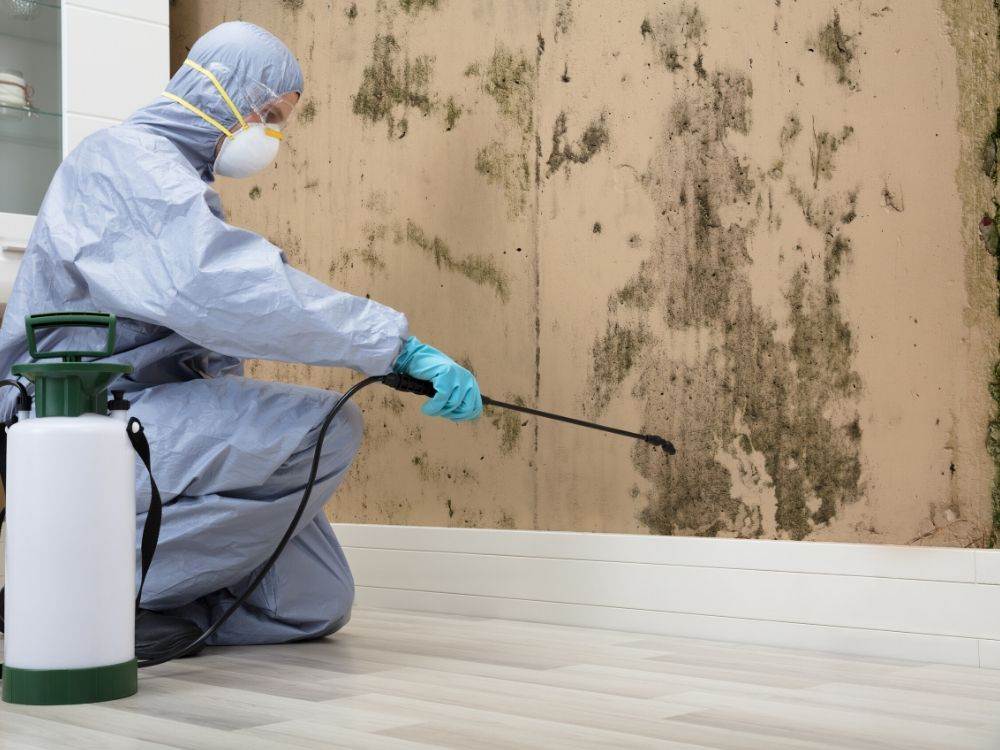DIY painting can be one of the most satisfying home renovation projects-transforming a room, a piece of furniture, or an entire aesthetic with just a few coats of color. But for all the excitement that comes with picking the perfect shade and applying the first brushstroke, there’s an often-overlooked aspect that can compromise the final result: moisture.
Moisture, whether from humidity, water leaks, or poor ventilation, can significantly affect paint adhesion, durability, and appearance. Worse yet, it can set the stage for mold growth, bubbling paint, and structural damageall of which can ruin even the most beautifully painted surfaces. For any home renovator, understanding moisture management is just as important as choosing the right paint.
The Hidden Enemy in DIY Painting: Moisture
Before starting any painting project, it’s important to evaluate the moisture levels in the surrounding environment. Painting over damp walls or furniture traps water underneath, which can lead to peeling, discoloration, and mildew growth.
In humid regions or older homes, hidden moisture can linger inside walls, wood, or plaster, making surface-level inspections misleading. Many professionals recommend using a moisture meter to detect dampness before priming or painting.
Signs of Moisture Damage to Watch Out For
Recognizing the warning signs of moisture damage can save you from bigger problems down the road. Companies like GAC Environmental specialize in identifying, managing, and preventing hidden moisture and mold risks, providing a solid foundation for healthier, longer-lasting renovations.
Here are the most common indicators that moisture is affecting your surfaces:
Peeling or Flaking Paint
- Indicates trapped moisture under the paint layer.
- Often seen in high-humidity or poorly ventilated rooms.
- A sign that the surface was not properly dried before painting.
Brown or Yellow Water Stains
- Typically appear on ceilings or walls.
- Caused by water leaks or seepage.
- Often a precursor to mold growth.
Soft or Swollen Wallboard
- Affects drywall and plaster surfaces.
- Caused by prolonged exposure to moisture.
- Indicates deeper structural issues.
Bubbling or Blistering Paint
- Paint separates from the surface forming bubbles.
- Common in areas with excess humidity or water damage.
- A sign that paint adhesion has failed.
Persistent Musty Odors
- Unmistakable smell of mold or mildew.
- Lingers even after cleaning.
- Often indicates hidden moisture or mold inside walls.
Identifying these issues early helps prevent the need for costly repairs later.
Painting in High-Humidity Areas
Kitchens, bathrooms, and basements are high-risk zones due to constant exposure to water and steam. Paint used in these areas should be moisture-resistant or labeled for use in high-humidity conditions. It’s also important to run exhaust fans or dehumidifiers to lower humidity levels before and after painting.
Avoid painting on rainy days or during extreme humidity spikes. Even quick-drying paints can take longer to cure in damp environments, leading to smearing or uneven finishes.
Preparing Surfaces Properly
To ensure a clean, long-lasting result, always:
- Clean the surface thoroughly with a mold-resistant cleaner
- Let the surface dry completely—use fans or open windows to speed up the process
- Apply a primer that blocks moisture or mold growth
- Use a paint type suited for the material (wood, drywall, concrete)
Skipping these steps could trap dampness underneath and damage the integrity of the paint job.
Furniture Painting and Moisture Traps
Refinishing wooden furniture? Pay attention to where it’s been stored. Furniture kept in garages, basements, or near exterior walls often absorbs moisture. This can cause paint to blister or wood to warp after painting.
Sand the surfaces, allow them to adjust to indoor conditions, and apply a moisture-resistant topcoat to preserve your results.
Storage and Post-Painting Conditions
After painting, storage conditions matter just as much as prep. Avoid storing freshly painted furniture or doors in damp corners of the house. Maintain airflow and moderate temperature to ensure proper curing.
If paint remains tacky for too long or develops an odor, it’s a sign of excess humidity. Consider relocating the item or using a dehumidifier.
Why Moisture Management Is More Than Cosmetic
Beyond surface issues, moisture invites mold and mildew, which are not only unsightly but hazardous to health. Mold can grow underneath paint, behind walls, or in wooden furniture often going unnoticed until it’s widespread.
That’s why moisture management should be part of every DIYer’s renovation checklist not just for the sake of aesthetics, but for long-term safety and sustainability.
Final Thoughts
DIY painting can transform a space but without moisture management, it can also cause long-term frustration. Taking the time to assess, dry, and seal surfaces properly ensures your efforts look better and last longer.
Whether you’re a first-time painter or a seasoned renovator, remember: the key to a flawless finish often starts behind the scenes with moisture control.

